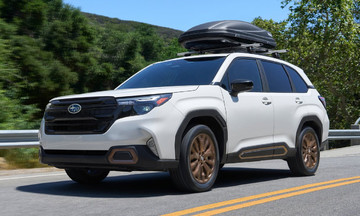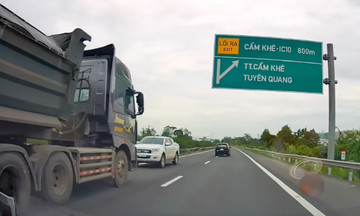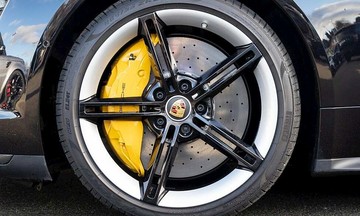Sudden unintended acceleration (SUA) is described as the unexpected, uncontrolled acceleration of a vehicle. This can be caused by the driver mistaking the accelerator for the brake, mechanical or electrical problems with the car, or other objective factors. The National Highway Traffic Safety Administration (NHTSA) estimates that around 16,000 accidents occur each year in the US due to drivers intending to brake but hitting the accelerator instead.
Objective causes
Firstly, objective factors that can cause SUA include a floor mat trapping the accelerator pedal, a faulty accelerator pedal not returning to its original position, or problems with electronic throttle control systems.
Car floor mats are usually designed with two clips to secure them to the floor, preventing them from shifting. However, if the driver installs them incorrectly, uses improper mats, or stacks multiple mats, the mats can become trapped under the accelerator pedal, increasing the risk of an accident. This issue can also stem from the manufacturer. In 2009, Toyota recalled about 3.8 million vehicles in the US because the floor mats could interfere with the accelerator pedal, causing unintended acceleration.
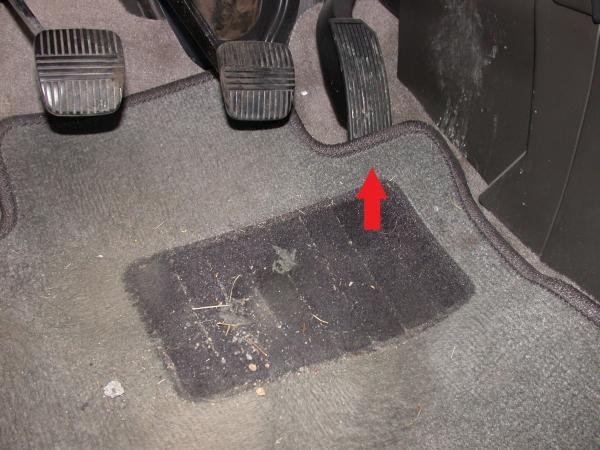 |
Accelerator pedal trapped under the floor mat. Photo: Reddit |
Accelerator pedal trapped under the floor mat. Photo: Reddit
Additionally, while rare due to multiple safety mechanisms, accelerator malfunctions causing sudden acceleration have occurred. For instance, in 2010, Toyota recalled 2.3 million vehicles in the US due to a potential internal accelerator pedal defect that could lead to sticking. Another case involved Ford in 2022, recalling the 2021 Mustang Mach-E because the powertrain control module software failed to detect a software error, resulting in unintended acceleration or loss of drive power.
Subjective causes
Unintended acceleration can also be the driver's fault. Examples include mistaking the accelerator for the brake, wearing unsuitable footwear that gets caught on the pedals, or using both feet to drive an automatic transmission vehicle.
Pedal misapplication often occurs with inexperienced drivers, older drivers, or those unfamiliar with a particular vehicle. A 2022 study by professors at Nagoya University (Japan) found that older adults have slower reaction times and are more prone to confusing the brake and accelerator pedals compared to younger people. This is especially likely when the driver is under prolonged stress, leading to reduced focus and impaired judgment and observation.
Furthermore, wearing inappropriate footwear while driving can also cause the accelerator to become stuck. Examples include high heels with numerous straps, loose-fitting sandals, or shoes with thick soles that hinder the driver's ability to differentiate between the accelerator and brake pedals.
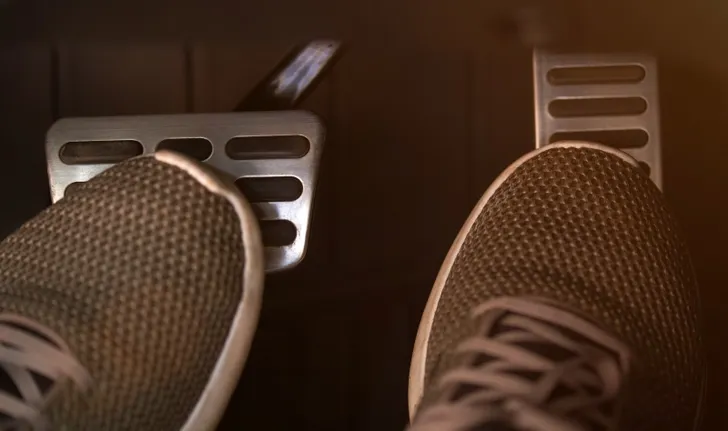 |
Using both feet to drive an automatic transmission vehicle is dangerous and can lead to accidents. Photo: Sanook |
Using both feet to drive an automatic transmission vehicle is dangerous and can lead to accidents. Photo: Sanook
Finally, using both feet to drive an automatic car (left foot on the brake, right foot on the accelerator) is dangerous. The driver might press both pedals simultaneously, preventing the car from stopping immediately in emergencies. It can also increase reaction time as the driver tries to determine which pedal to release or press, compared to using a single foot.
Preventing sudden unintended acceleration
To prevent SUA, drivers should use proper driving technique: use one foot for driving, and immediately move the foot from the accelerator to the brake pedal. Drivers should also choose suitable footwear, preferably closed-toe shoes with secure fastenings.
Two skills to practice to avoid pedal misapplication. Video: Ho Tan
Additionally, avoid driving when drowsy or stressed, and refrain from using a phone while driving. New drivers should spend time familiarizing themselves with the pedal positions while the car is stationary. Regarding the vehicle, drivers should avoid stacking multiple floor mats and adhere to the manufacturer's maintenance schedule to ensure optimal vehicle performance.
Ho Tan





